We all love a good deal, don’t we? And it doesn’t get much better than free. I’m here to tell you about free phones.
Let’s discuss the Lifeline Program, a federal initiative offering discounted or free phone services to eligible individuals. Many can get these benefits through participation in programs like SNAP or Medicaid or meeting income criteria.
In this article, I’ll walk you through how these offers work and how you can use them. We cover everything from understanding terms and conditions to finding legitimate deals.
Let’s talk more about this below.
Lifeline Program: Overview

One of the most beneficial programs for those on a tight budget – is the Lifeline Program. You may be wondering, “What’s this all about?”.
This program is a federal initiative that provides discounted or completely free phone services to eligible citizens. It’s a lifeline for folks who need access to critical communication tools without breaking the bank.
Eligibility Criteria
So, you’re probably wondering, “Am I eligible for a free phone online?” Let’s dive right into it. The requirements can fluctuate based on the program and your state. However, some general criteria apply across the board.

- Participation in federal assistance programs. These include the Supplemental Nutrition Assistance Program (SNAP), Medicaid, or Federal Public Housing Assistance (Section 8). If you’re part of any of these programs, congratulations! You’ve cleared hurdle number one.

- Income Eligibility. But what if you’re not part of any federal assistance program? Don’t fret just yet. You might still be eligible if your household income is at or below 135% to 200% of the Federal Poverty Guidelines.
Application Process for Free Phones
Let’s dive into the application process. It’s simpler than you might think. Here are the steps involved:
Step 1: Verify Eligibility
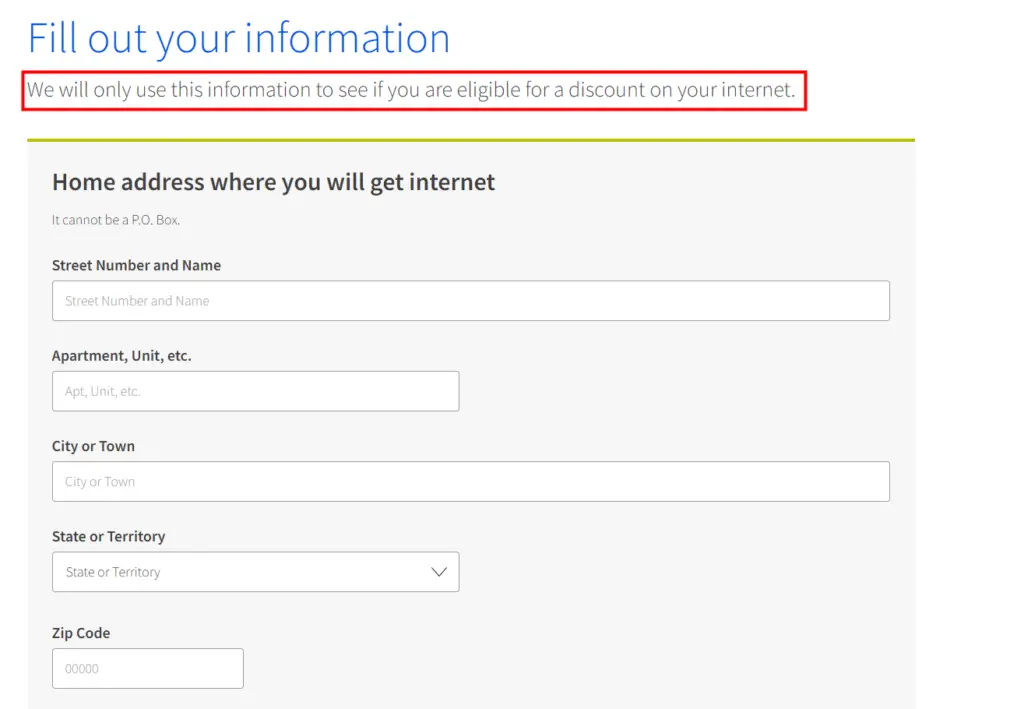
- First, ensure you meet the requirements. This can be based on your income or participation in a program like Medicaid or SNAP.
- You can use the Online Verifier here to check your eligibility if you are unsure.
Step 2: Search for a Provider

- Identify a provider that meets your needs.
Step 3: Start the Application

- Contact your chosen provider online, by phone, or in-person to begin the application process.
Step 4: Provide Necessary Documents
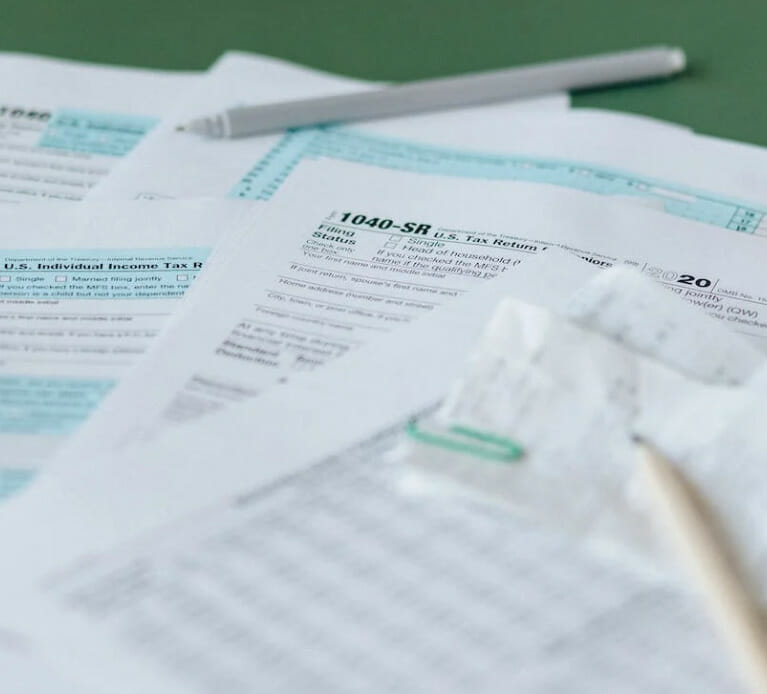
- Submit the required documents, which may include proof of your participation in an assistance program or evidence of your income.
Step 5: Wait for Approval

- After submitting all required documents, all that’s left is waiting patiently. It usually takes around 7-10 business days.
Service Providers
Alright, let’s get down to business! Knowing your options is essential for those looking to benefit from the Lifeline Program. So, without further ado, here’s a list of some major players:
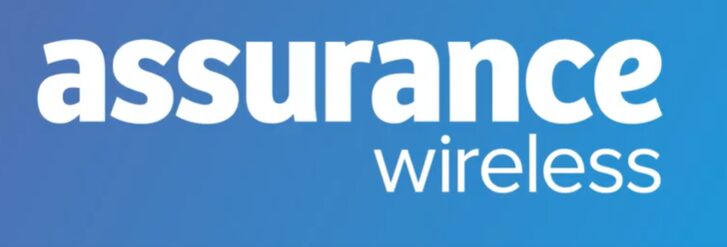
- Assurance Wireless: They’re one of the big names, offering free phones and services to qualified individuals. With a nationwide footprint, they’re certainly worth considering.
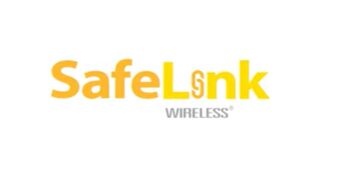
- SafeLink Wireless: Another significant carrier in the mix, they provide free cell phones and a chunk of monthly minutes to eligible folks.
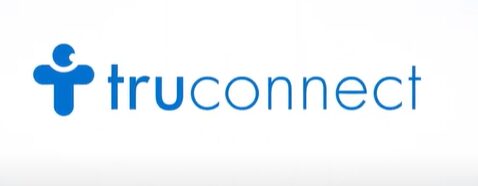
- TruConnect: A favorite in many states, they provide cell service and free monthly data. For those who love surfing the web, this might be your go-to.
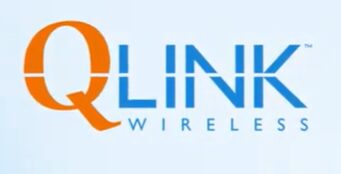
- Q Link Wireless: Their commitment? Keeping you connected without breaking the bank. They’re making quite the impression with free monthly data, minutes, and unlimited texting.
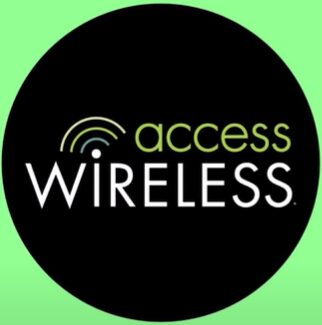
- Access Wireless: They’ve partnered with major network providers to offer comprehensive coverage. Plus, with their focus on top-tier smartphones, you’re looking at quality service.
The table below breaks down the key features, benefits, and potential limitations of some major players in the game. This overview will help you understand which provider might be the right fit for your needs.
| Service Provider | Key Features | Benefits | Limitations |
|---|---|---|---|
| Assurance Wireless | – Free phones – Nationwide coverage | – Comprehensive services to qualified individuals | – Might not offer the latest smartphone models |
| SafeLink Wireless | – Free cell phones – Monthly minutes | – Provides a set amount of minutes for calls every month | – Limited data options might be available |
| TruConnect | – Free monthly data – Cell service | – Good for those who frequently use the internet on-the-go | – Call minute allocation might be limited |
| Q Link Wireless | – Free monthly data, Minutes, and unlimited texting | – Comprehensive package with texting, calls, and data | – Network coverage might vary based on location |
| Access Wireless | – Partnership with major networks – Focus on smartphones | – Provides better coverage due to partnerships – High-quality phone models | – Some advanced features might come at an additional cost |
Types of Smartphones by Lifeline Program Service Providers
Diving into the world of smartphones, especially with numerous providers in the mix, can be a bit overwhelming. But fret not! We’re about to simplify things. Let’s navigate the types of smartphones various Lifeline Program Service Providers offer.
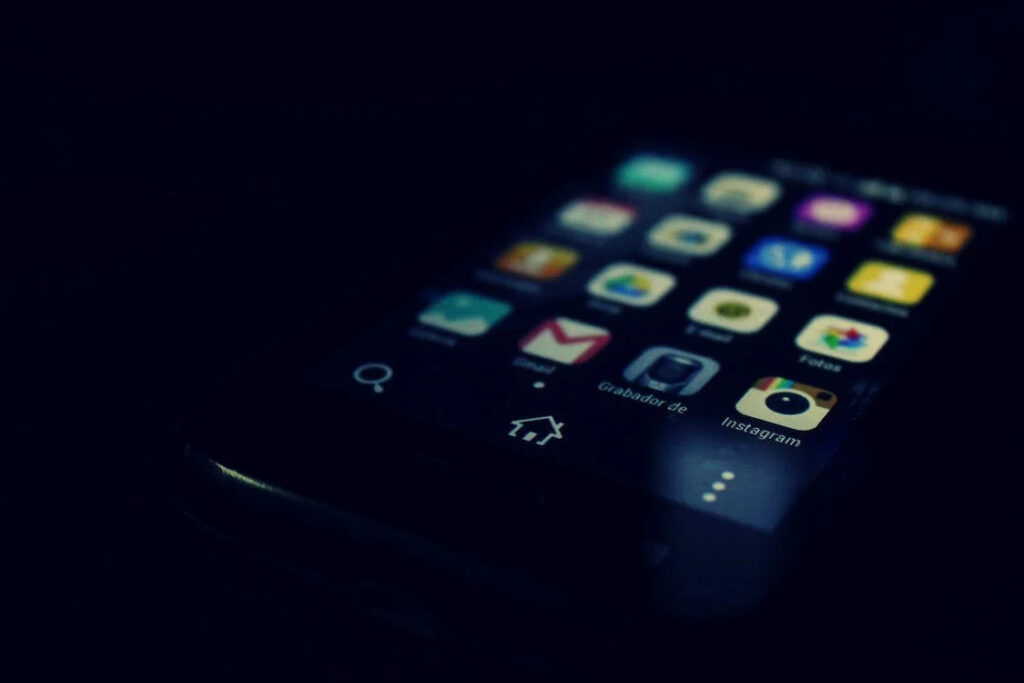
- Entry-Level Smartphones:
- Features: These are basic phones perfect for calls, texts, and light internet browsing. They might not have the bells and whistles of more premium models, but they get the job done.
- Providers Offering Them: Assurance Wireless, SafeLink Wireless, TruConnect.
- Why Opt for Them?: Great for those needing a phone for primary communication without fancy extras.
- Examples: ZTE models (like ZTE Prestige 2, ZTE Quest), Alcatel
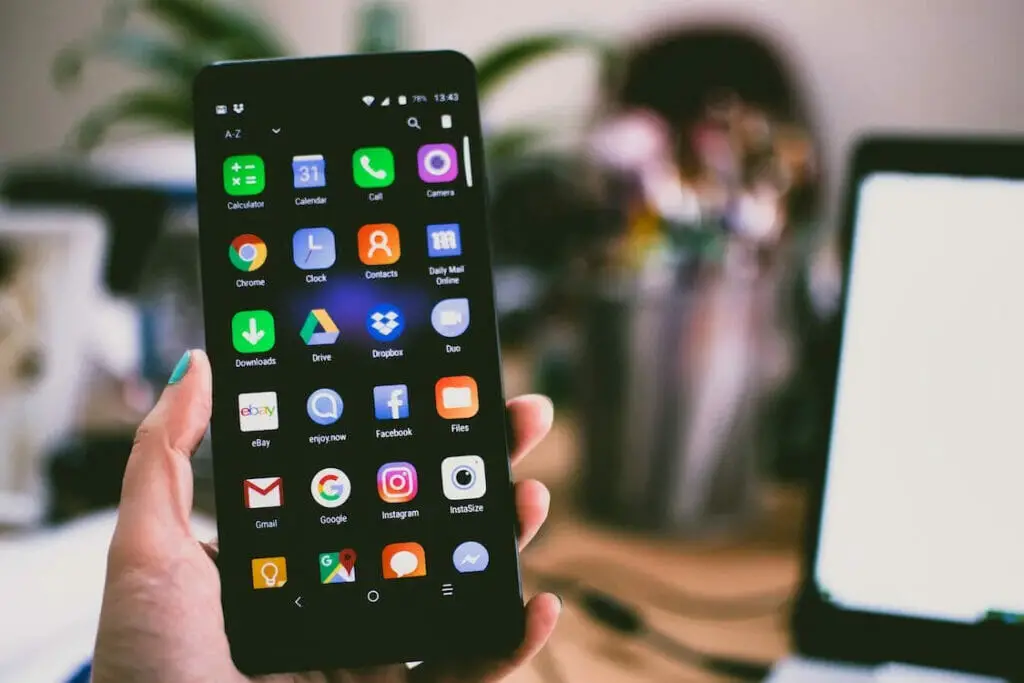
- Mid-Range Smartphones:
- Features: A step up from entry-level, these phones often come with better cameras, larger screens, and improved processing power. Ideal for regular internet users and app enthusiasts.
- Providers Offering Them: Q Link Wireless, Access Wireless, TruConnect.
- Why Opt for Them?: They strike a balance between functionality and affordability.
- Examples: Samsung Galaxy J series, Moto E series. LG Rebel Series
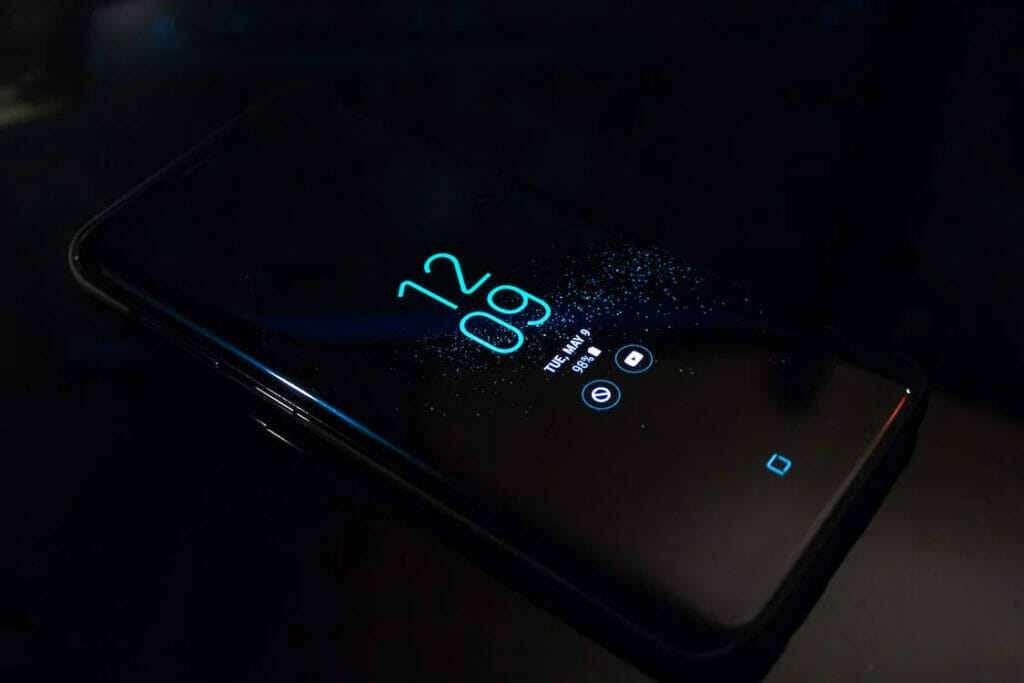
- Advanced Smartphones:
- Features: Close to the latest models on the market, these phones often boast high-resolution screens, multiple camera systems, and faster processors.
- Providers Offering Them: Access Wireless (select plans or with additional fee).
- Why Opt for Them?: For those who rely heavily on their phones for work, entertainment, or multitasking and want the best features in the Lifeline Program.
- Examples: Older Apple iPhones (like iPhone 6, 7, or 8, though not the newest models), Samsung Galaxy S series (like S8 or S9, usually not the latest) and LG Stylo series
Common Myths or Misconceptions About Free Phones Online
Understanding the facts can make all the difference. Don’t let these myths deter you from exploring the benefits of the Lifeline Program. Check it out and see if it’s a fit for you.
- “It’s Too Good to Be True!”: Many folks think free phones online are just bait-and-switch schemes. With the Lifeline Program, the government genuinely aims to ensure everyone can access basic communication, regardless of income.
- “The Phones are Outdated”: Nope, not always. While you might not get the latest iPhone, many Lifeline providers offer smartphones for everyday tasks.
- “The Service is Limited to Certain Areas”: This program has a broad reach, with many major carriers participating nationwide. So, while coverage might vary, there’s a good chance you’ll find a provider that serves your area.
- “It’s a One-Time Deal”: As long as you remain eligible, you can continue benefiting from the discounted or free services offered by the program.
- “Everyone Gets a Free Phone”: The reality is that while many do qualify for a free phone, it’s based on eligibility criteria. So, checking and seeing if you fit the bill is important.
- “The Application Process is Complicated”: With clear guidelines and supportive carriers, applying is more straightforward than many think. Follow the steps, provide the necessary documents, and await approval.
Potential Pitfalls of Free Phones Online
Awareness is the first step to making the most of any opportunity. By knowing these potential pitfalls upfront, you can confidently navigate the world of free phones online.
- Not All Providers Are Equal: While many providers offer great service, others might not have the best coverage or customer support. It’s essential to do some homework and pick a reputable one.
- Data and Minute Caps: Free doesn’t always mean unlimited. Some providers might have caps on data usage or call minutes, so understand your plan’s limits.
- Contractual Obligations: Some free phone deals might come with a contract, potentially locking you in for a certain period. Always read the fine print.
- Potential Hidden Fees: Even with a free phone, there might be fees for services not covered by the Lifeline Program or costs associated with overages.
- Device Durability Concerns: Not all free phones are built to last. While many are decent, it’s a good idea to handle them with care and perhaps invest in protective accessories.
- Eligibility Reviews: The Lifeline Program periodically reviews eligibility. If your circumstances change, you might lose your benefits. Stay informed, and make sure you report any changes.
- Dependence on One Device: With a free phone being your primary or only device, any malfunction or loss could leave you without communication. Consider having a backup plan.
- Limited Device Selection: While you might get a smartphone, the models available for free might not have all the features or functionalities you’re used to.
Frequently Asked Questions
- Can I choose any phone I want?
- The selection of phones may vary by provider. While many offer smartphones, the specific models and features could be limited.
- What happens if my financial situation changes?
- The Lifeline Program will periodically review eligibility. If your circumstances shift, reporting any changes is essential to avoid potential discontinuation of services.
- Can I switch providers?
- Yes, but always review any contractual obligations with your current provider first. Some contracts might have stipulations or fees associated with early termination.
- How often do I need to recertify my eligibility?
- Generally, participants are required to recertify their eligibility annually. Only those who still meet the criteria benefit from the program.
- Can I transfer my existing number to a Lifeline service provider?
- In most cases, yes. It’s known as “porting” your number, and many providers support this to make the transition smoother for new customers.
- What happens to my phone and service if I’m no longer eligible?
- You must inform your provider if you’re no longer eligible for the program. They’ll usually transition you to a regular plan or discontinue services, but the phone often remains yours.
- Can I upgrade my phone or plan under the Lifeline Program?
- While basic phones and plans are provided, some carriers allow upgrades for an additional fee. Always consult with your provider for specific details.
References
Website Resources:
- Federal Communications Commission (FCC). https://www.fcc.gov/
- Assurance Wireless. https://www.assurancewireless.com/
- SafeLink Wireless. https://www.safelinkwireless.com/
- TruConnect. https://www.truconnect.com/
- Q Link Wireless. https://qlinkwireless.com/
- Access Wireless. https://www.accesswireless.com/
Video References:
Assurance Wireless
Access Wireless
Q Link Wireless
TruConnect
Safe Link Wireless

